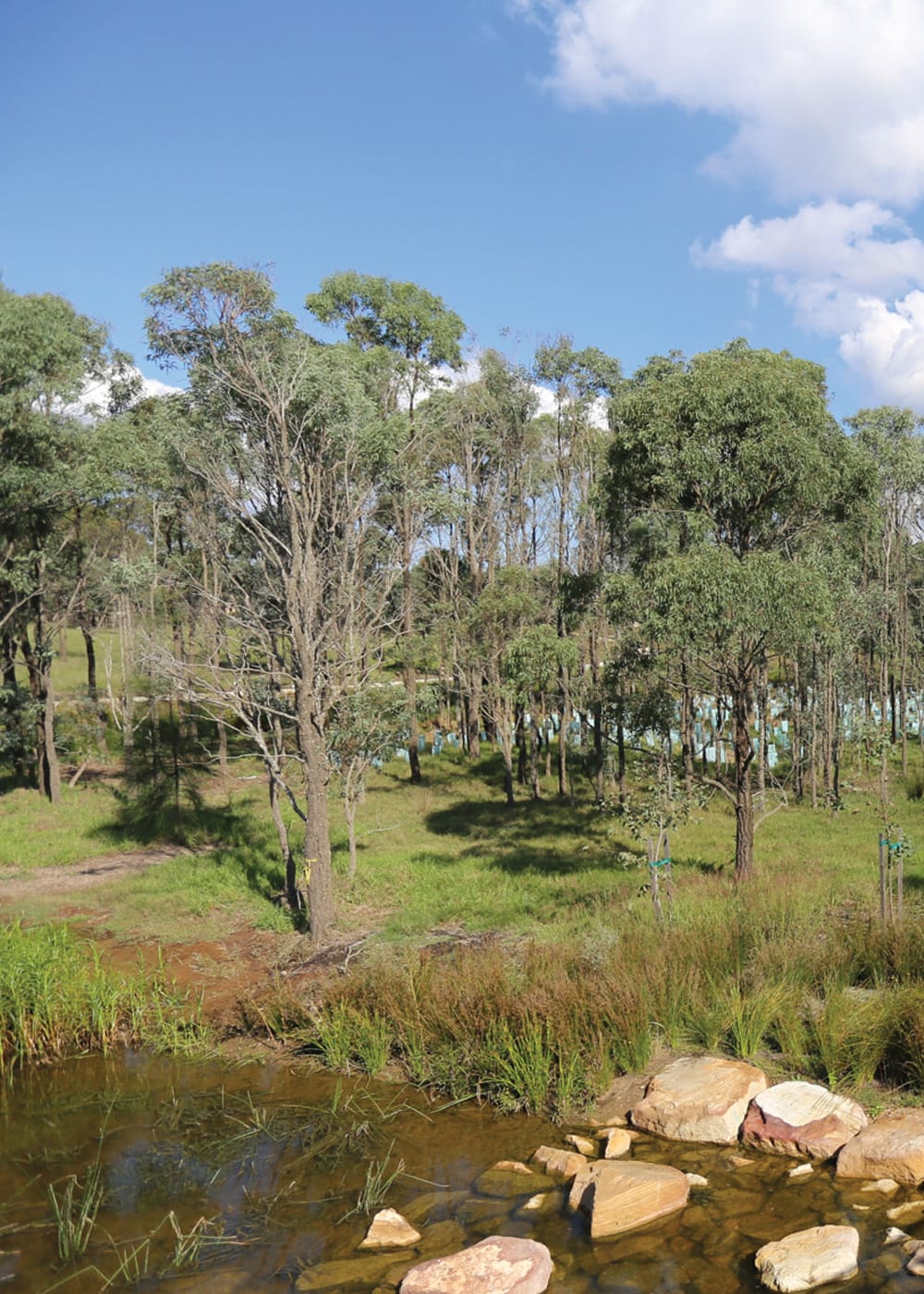
South Australian tranche 2 regional implementation projects
As part of the second tranche of activities in South Australia (SA), the SA–RAP identified and prioritised a number of projects considered to be critical to the successful transition to a water sensitive region. These projects will inform the selection of the CRCWSC tranche 2 research activities from 2016/17.
Adelaide airport recycled water irrigation trial
This project uses treated stormwater from the Adelaide Airport Stormwater Harvesting Scheme to irrigate a four hectare trial area within the airport boundary. The treated stormwater will irrigate multiple vegetation plots within the trial site to evaluate the cooling benefits. The CRCWSC can help to quantify these benefits and incorporate them into economic analysis tools.
Greenhill precinct
This project focuses on local scale solutions using the Greenhills Precinct as a case study. It aims to:
- maximise reuse of recycled wastewater within the southern parklands and buildings along Greenhill Road between Anzac Highway and Fullarton Road;
- activate public open space through community participation in landscape improvements;
- integrate water sensitive urban design within the Greenhill Road corridor to improve stormwater runoff; and
- infiltrate stormwater within the precinct to support tree health and provide microclimate benefits.
The CRCWSC can contribute to this project by helping to develop commitment from stakeholders to the shared vision for the Precinct; by testing decision support tools that evaluate a range of precinct scale integrated water management outcomes and developing precinct scale performance targets. The project also provides a precinct scale benefit–cost analysis case study.
Water trading
This project will investigate the ability to trade water across different sources including potable, recycled and stormwater to meet customers’ needs and to optimise the use of each source. It requires resolution of a number of complexities to develop a functioning and efficient trading market. These complexities include:
- trading water between providers and networks;
- addressing the shortcomings of each source and system;
- recognising the differences in commodities, such as the salinity of recycled water, or the reliability of stormwater; and
- considering the role of potable water to enhance use of other sources.
The CRCWSC plays a role in applying integrated water planning models (e.g. Dance4Water) to inform operational decisions, develop system optimisation tools and to undertake economic valuation of this water trading method.